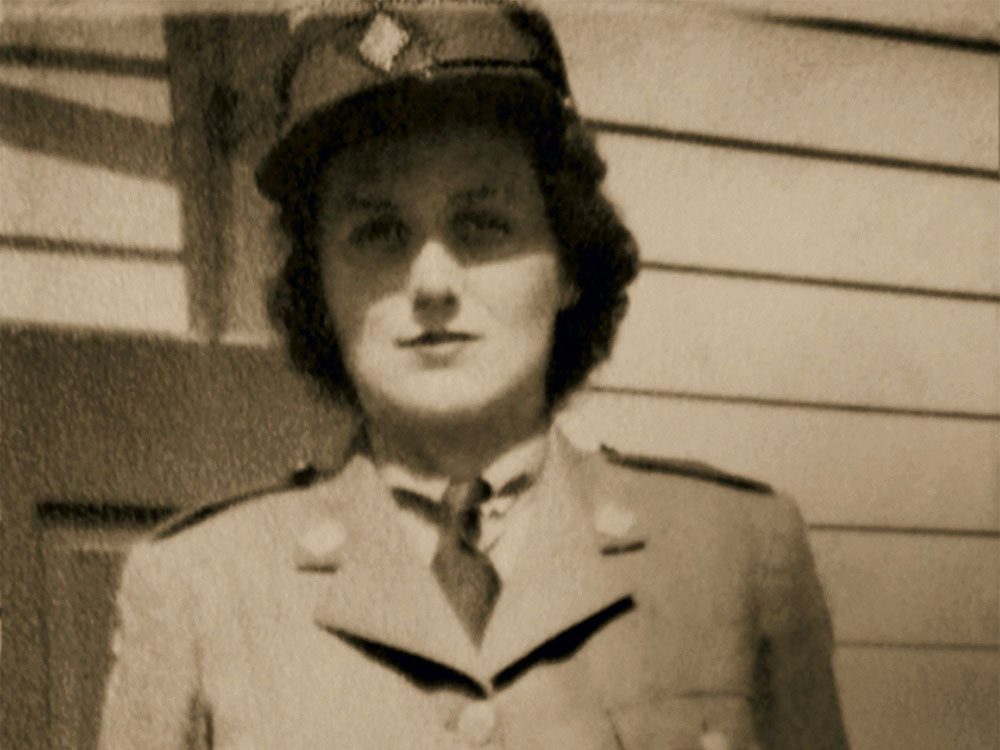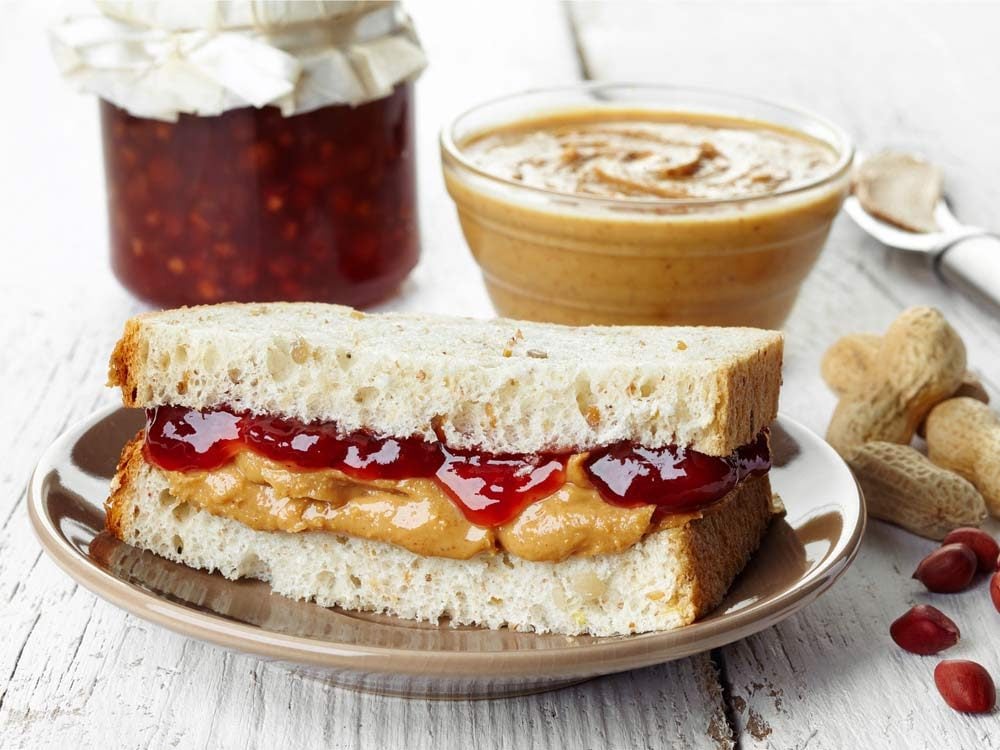
Bet You Can’t Name a Country That Begins With These Two Letters!
Put your thinking caps on, globe-savvy readers. Can you name a country that starts with every letter in the English alphabet? Some might come to you right away, like Australia, Brazil, and Canada. Others could be trickier, like Kenya or Luxembourg.
While you could go on like this for all 195 countries, you won’t solve it for all 26 letters in the alphabet. In fact, no matter how long you muse and mull over this puzzling problem, there are two letters that no countries in the world start with. See if you can guess which ones they are.
Ready for the answer? Drum roll, please: Turns out, no countries in the world start with the letters W or X.
Some might be quick to point out that Wales, which is considered a country, starts with the letter W. But Wales is actually part of a larger “sovereign state,” the United Kingdom, and is not a member of the United Nations (UN). As a result, it is often not included in official totals of countries. (This is the real difference between the United Kingdom and Great Britain.)
If you guessed Y, you were close—but you probably forgot about Yemen, which is the only country in the world that starts with the letter Y. Meanwhile, Oman is the only country that starts with the letter O. Other rare letters include Q and Z; no countries but Zambia and Zimbabwe begin with the letter Z, while Qatar is the lone country that starts with Q. (By the way, this is the least visited country in Europe—and it’s absolutely stunning.)
Looking for another fascinating factoid to share at the next cocktail hour? It turns out this European country now has the most powerful passport in the world!

Veteran Profile: Margaret Jobin
Born in Windsor, Margaret joined the Canadian Women’s Army Corps (CWAC) as a stenographer with the Foreign Publications/Russian section of the Department of Military Training. She was stationed at Kildare Barracks in Ottawa.
“We processed the battles that took place through Poland, Finland and into Norway by the Russian Army, who were our Allies, and saved those countries from falling into German hands.”
Formed in 1941, CWAC was a key part of the Canadian Army‘s support system and marked the first time that women were allowed to enlist in the Canadian Army. Margaret was discharged in 1945 and continues to reside in the Windsor area.
For more profiles by Veterans Voices of Canada, click here.

Why do we fear the number 13?
There are plenty of common fears that, even if we don’t have them ourselves, we totally understand: spiders, heights, creepy clowns. And then there’s the number 13. It’s a number just like any other, and yet there are horror movies about it; some buildings intentionally have no 13th floor; and plenty of couples avoid getting married on the 13th of the month. The technical name for the fear of 13 is triskaidekaphobia, and while it is rare, about 9 to 10 per cent of us are, at the very least, uneasy about the number 13.
What makes this number so scary? Well, there’s no single reason behind the widespread fear. Historians have pinpointed a few potential reasons for 13’s prevalence as an unlucky number. (Here’s the history behind five more common superstitions!)
The most popular theory about the origin of this fear is biblical: there were 13 diners at the Last Supper. The 13th to arrive was Judas, who betrayed Jesus. In Norse mythology, too, a table of 13 proved unlucky, to say the least. According to one of the myths, the primary 12 gods were dining together peacefully until the god of mischief (and frequent superhero-movie villain) Loki showed up. As soon as this 13th guest arrived, chaos and carnage ensued. The superstition that a table of 13 diners spells bad news even made its way into Harry Potter.
On its own, there are no problems with the number itself. It’s 13’s proximity to the number 12 that makes it look bad, according to scientists and mathematicians. In many ancient cultures, 12 was considered to be a perfect number. Civilizations as far back as ancient Sumer based their systems of telling time around the number 12. There are 12 hours on a clock, 12 months in a year, and 12 phases of the Zodiac. Twelve is also the largest number that also has one syllable (in English, at least). As the number immediately following this “perfect” one, 13 seemed flawed, inspiring unease throughout the ancient world.
So factors from both myth and math have combined to make this particular number more maligned than any other. The uneasiness about the number, dating back to ancient times, has been compounded over the years to create a very real, modern fear. Check out some more unusual, but very real, fears you had no idea existed.
[Sources: history.com, triskaidekaphobia.info]
There are many ways to remove a rusted bolt. For this guide, we focus on one in particular—Freeze-Off from CRC. Unlike other penetrating oils, Freeze-Off uses hyper-cold to shock the offending part, breaking the rust bond, and allowing the bolt to come out.
We had a Dodge Challenger in the shop that needed a plug removed from the exhaust. While the exhaust itself is made of stainless steel, the plug is steel. Whenever you have differentiating metals, corrosion and seized threads are a very real problem. This plug was locked tight.
Step-by-Step Instructions:
- Because Freeze-Off has the ability to shock the rusted bolt, use a propane torch to heat the outside of the threads. This can loosen the plug. We got the part up to 186°C (366°F). Don’t touch it!
- Before turning the plug, apply more Freeze-Off. With the outside still hot, and the plug cold and shrinking, the bond should break fairly easy. Be careful, as this will create a lot of smoke.
- For additional leverage, use an Allen wrench and a cheater bar to break the plug free.
- Use anti-seize on high-heat threads whenever different metals are bolted together.
Here’s What You Need to Know About Your Accessory Belt Drive System.
For more great tips on how to maintain your car and to find the parts you need, visit NAPA Canada.

In Conversation with Julia Sarah Stone
Reader’s Digest Canada: Your new film, Allure, revolves around the manipulative relationship between your character, Eva, and Laura, played by Evan Rachel Wood. What was it like working with her?
Julia Sarah Stone: Evan’s such an incredible person. It was definitely a difficult film to do emotionally, but she was so generous in how involved and connected she was with the moment. It felt safe to go to those dark places with her.
When did you decide you wanted to be an actress?
I was a very lucky kid in that I have an amazing mom, and she signed me up for every kind of class imaginable. I tried team sports for two minutes and decided I didn’t like them. I tried ballet. When I took a theatre class, I fell in love with it, and I wanted to do that one class over and over again. I couldn’t get enough of it. Then when I was 11, I started auditioning.
At the age of 20, you’ve already been in a handful of movies and television shows. Do you ever feel self-conscious being on camera?
I can’t even look at any of the footage on set. It takes me completely out of it. I can’t be thinking about the fact that the camera is seeing something. I need to be in the headspace of the character and focus on what the character is trying to achieve, and the emotional state that they’re in, and connecting with the other actor. That’s my main focus.
You’ve grown up in the age of social media. Do you always feel the need to be tuned in?
I’m very bad at social media. It’s not something that ever came naturally to me. I’m very internal. I love the art of what I do, but the social media part I see as just something that’s part of my job. That world is all very strange to me. I don’t even have Instagram.
When you’re not working on films, you’re keeping busy as a psychology student. When did you first become interested in that field?
I’ve always been a bookworm. I think the storyteller in me comes from the same part of me that’s interested in why people do what they do and what drives us. That really fascinates me, and part of what draws me to acting. I get to look at all these characters and figure them out out. It’s like putting together a puzzle.
You were named one of the Toronto International Film Festival‘s Rising Stars in 2014. What was that experience like?
That opened my eyes to Canadian film in general, and how amazing a world it is. The whole festival experience was a bit overwhelming at first, especially for an introvert like me. I learned so much from it.
You’re a Vancouver native. How does Toronto compare?
Vancouver is beautiful but it tends to feel very cold. People don’t talk to each other as much, which can feel kind of isolating. When I come to Toronto, it feels like there’s more of a free and artistic vibe. A bigger buzz, and more laid back.
Allure premieres in select theatres in Toronto on April 6.

Raise your hand if you hit the snooze button this morning. Now, keep your hand raised if you hit it twice… or three times… or four.
Sound familiar? Hey, don’t feel guilty for your extreme night owl habits. Although you can probably blame your genes, there’s another reason you can take pride that you’re a slow riser in the a.m.
According to a 2009 study, controlling your circadian rhythm could actually be a sign of intelligence. (Check out even more habits that prove you’re smarter than most.)
Although you might be tempted to train yourself to get up as soon as your alarm goes off, resisting that urge indicates that you’re in tune with what your body needs—not following rules. That, in turn, means you’re naturally ambitious and creative, and more likely “to follow your ambitions and tackle your problems yourself,” Woman’s Day reports. (Find the best sleeping position for you and get the rest you need with this simple guide.)
And this isn’t the first research to point out this pattern; an earlier study at the University of Southampton reached a similar conclusion. After comparing the socioeconomic status of 1,229 people with their sleeping habits, researchers found that those who went to bed after 11 p.m. and woke up after 8 a.m. tended to earn more money and report feeling happier.
Though all those morning sleep-ins provide some awesome brain perks, experts advise against too much sleep, as well. The National Sleep Foundation in the United States recommends seven to nine hours of sleep per night for adults.
Plus: This One Food Can Help You Fall Asleep—and Boost Your IQ
[Source: Woman’s Day]

The heart is usually a tight, football-shaped muscle that pumps oxygen-rich blood throughout the entire body. But when it gets sick, it becomes enlarged, and has to work harder and harder to do its job.
“The heart changes shape to become more round and spherical and bigger than its normal size,” says Sandhya Balaram, MD, associate professor of cardiovascular surgery at Icahn School of Medicine at Mount Sinai in New York City. It’s also frequently a sign of congestive heart failure. “The heart muscle is failing and not working well. It’s the result of other problems in the heart causing it to become weak,” she says.
While some people are born with a genetic disease that triggers the condition, this is rare, says Dr. Balaram. Heart disease is a much more common reason for it—this could mean blocked arteries in the heart; valve disease where valves are blocked, leaking, or infected; longstanding high blood pressure that’s untreated; or chronic, long-term alcohol abuse. “All these factors can cause the heart to work doubly hard and over time, start failing,” says Dr. Balaram.
Since an enlarged heart signals such a serious problem, patients will likely have had symptoms well in advance. The most common signs are shortness of breath, fatigue, and swelling of the legs or abdomen due to fluid retention. “People will say they used to be able to walk ten blocks and now can only walk two before they’re so short of breath they have to stop and rest,” says Dr. Balaram.
Breathing issues may be particularly noticeable at night when you’re laying down; this is because the heart can’t pump well and fluid backs up in the lungs, making it harder to breath, says Dr. Balaram. “The heart and lungs are closely related, they’re married, so when the heart has trouble then the lungs have trouble,” she says.
Other signs that something’s not right include weight gain without a change in diet or exercise, chest pain, coughing, dizziness, or fainting. (These common symptoms could indicate serious health problems.)
“There are different degrees of symptoms, depending on the person, but shortness of breath and fluid retention are the most common things we see. They typically come out of nowhere and persist,” she says.
Once an enlarged heart is detected, there’s treatment to relieve any symptoms and help the heart pump better (such as pills), but there’s no fix. “Medical treatment doesn’t make the heart stronger, it just helps the heart work a little better,” says Dr. Balaram. (Check out these 30 ways to boost your heart health.)
Some doctors may recommend surgery to treat the underlying cause of the enlarged heart—such as a valve problem or clogged arteries—and the last resort is a heart transplant. “Usually, it’s just controlling the symptoms and seeing how the muscle does over time,” says Dr. Balaram. “We keep up with the patient in terms of how it looks, is it getting bigger, does it look better, and then plan further treatment from there.”
Plus: 10 Risk Factors for Heart Disease (and How to Control Them)

Why You Need to Visit the Japanese Island Ishigaki
We bet the sound of a warm, tropical paradise sounds pretty nice right now. But before you settle for a typical trip to Hawaii or Cozumel, consider something a bit more off the beaten path. Our recommendation: Ishigaki, a gorgeous island in Japan’s Okinawa archipelago. (Check out these 10 other hidden gems in Japan, too!)
Never heard of it? We don’t blame you. But this little-known Japanese island was just named the top trending travel destination for 2018 by TripAdvisor—and for good reason.
To discover the year’s trending destinations, data crunchers created an algorithm that measured the yearly increase in positive traveller feedback regarding accommodation, restaurants, and attractions, as well as increased booking interest on the site. Then, they ranked the top 10 “Destinations on the Rise,” which TripAdvisor revealed in its sixth annual Travelers’ Choice awards.
Leading the list is Japan’s Ishigaki, the largest of the Yaeyama Islands in Japan’s Okinawa Prefecture. A popular spot for snorkellers and foodies alike, this destination offers incredible views of white sand beaches, colourful coral reefs, and gorgeous mountains and forests. (Here are nine of the world’s prettiest heart-shaped islands.)
While you’re there, make sure to get a taste of the island’s specialty: Yaeyama soba noodles, which are made with flour rather than the traditional buckwheat.
Looking for something a little closer to home? Book a ticket to Kapaa, Hawaii, or Halifax; both locations made TripAdvisor’s trending destinations list, too.
Plus: The Best Cities in the World for Every Type of Traveller
[Source: Business Insider]

The surprising history of the peanut butter and jelly sandwich
As a kid, nothing warmed your heart more than a peanut butter and jelly sandwich made with love by mom or dad. Maybe you liked yours without the crust, sliced into quarters, with crunchy peanut butter instead of smooth, or strawberry jam over grape. Regardless of your preference, parents are so good at crafting the perfect PB&J that you’d think one of them was responsible for inventing the sweet and salty staple.
The truth is, no one knows who deserves the PB&J “patent.” Some speculate a writer named Julia Davis Chandler may have had a hand in the sandwich creation. In the November 1901 issue of the Boston Cooking School magazine, she wrote in an article, “For variety, some day try making little sandwiches, or bread fingers, of three very thin layers of bread and two of filling, one of peanut paste, whatever brand you prefer, and currant or crab-apple jelly for the other. The combination is delicious, and so far as I know, original.”
But it took fine-tuning the ingredients before people jumped on the PB&J bandwagon. Peanut butter, or “peanut paste,” as it was called back then, was originally thick and hard to swallow because manufacturers ground the nuts by hand. The buttery consistency wasn’t achieved until 1903, when the peanut grinder mill came along. In 1922, entrepreneur Joseph Rosefield discovered hydrogenation, a chemical process that kept peanut butter from separating and sticking to the tops of consumers’ mouths. He called it Skippy.
Soon there was a bonafide peanut butter industry and peanut butter jars started popping up on grocery store shelves for an affordable price. Amidst the Great Depression, many families started whipping up peanut butter sandwiches for a cheap meal that left stomachs satisfied.
Jelly and jam has been around for centuries, but it wasn’t until 1917 when jelly truly made its claim to fame, thanks to Paul Welch (yes, the son of the Welch’s Grape Juice creator) who introduced Grapelade, a jelly made from pureed Concord grapes.
Still, the peanut butter and jelly sandwich we know and love today didn’t truly come to fruition until World War II. The U.S. military ration menus featured jars of peanut butter and jelly and soldiers would spread both on pre-sliced bread for an energy boost. Once they arrived home, the trend continued and PB&J’s found a place on family lunch tables where they’ve been there ever since!
Here are eight sweet facts about jelly beans every candy lover should know.